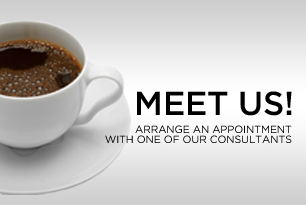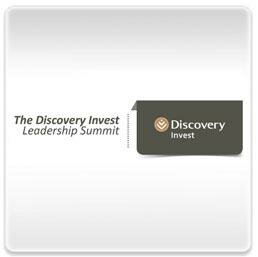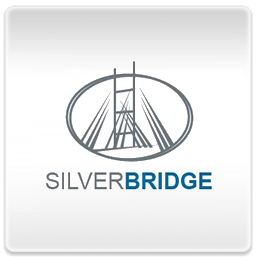Present (anything) like a BOSS
Submitted by Cerebra on Thu, 2013-05-09 14:43
Presenting is not for everyone. I say this firmly with a very dear friend in mind; she is the consummate professional who knows her company and industry inside-out and would most likely enthrall you with tales from beyond the firewall over a drink.
But put her in a formalised situation where she has to present this knowledge and findings succinctly, and it’s over. Thankfully she has the luxury of hiding in an office and only dealing with a few colleagues in her day to day, and the higher-ups can take and present her research.
(Personally, I would not appreciate it if someone else presented my material as their own, but my friend hates presenting enough to do away with pesky IP protocols.)
Unfortunately, if you’re here, I’ll bet you have to give presentations from time to time. Perhaps not regularly, but it’s not something you can avoid all together. Some of you may hate it, but if you’re anything like me, you love it.
Tell a great story
No matter what the topic, good presenters are good storytellers. I’m reminded of software pioneer Herman Chinery-Hesse’s keynote address at the 2011 Tech4Africa conference. Chinery-Hesse enthralled a filled auditorium for an hour, and didn’t use a single slide or visual.
But before I get ahead of myself, let me try and convey some of my learnings when it comes to developing and delivering a killer presentation.
First off, it’s important to remember that your presentation is a visual aid that supports the words that are coming out of your mouth. If you are reading your presentation out loud, it’s best to return to your computer, print a copy for everyone in attendance, sit down and shut up while they read it – but that is what’s commonly referred to as a “Document” not a “Presentation”.
Avoid using too much information in your presentation, focus on the key points and fill it up with relevant and engaging visuals.
The art of visual
People love pictures. Pictures are fabulous, especially if it resonates with the person looking at it; it further drives and influences the engagement, and that’s exactly what you want.
Conversely, it’s not necessary to fill every little gap with an image, especially if it detriments the quality of the image or your presentation (I refer you to Ling’s cars as a good example of how *not* to do it).
White space has a comforting effect; people won’t feel too bombarded with information and it makes it easier to click “next” without leaving anyone behind. When you do use imagery, please don’t use nonsensical stock photography of a chessboard or people shaking hands, or a key – what must I feel when I look at that? What must your audience feel?
A good clean design with a theme running through the document wouldn’t go amiss either. I refer you to the example of Ling’s cars above again (it’s seriously worth a click). Choose a font (anything except Comic Sans, I’m a big Helvetica fan myself), choose your colour scheme and stick to it.
Remember, everyone on the planet has a copy of Microsoft Powerpoint, so try to stay away from the pre-configured themes, they’re in the same category as the chessboard/key/hand-shaking photography. While on the subject of Microsoft, please fight every urge you may have to use clip-art.
Using Clip-art in a presentation is worse than spraying deodorant in your eye – and you do that accidentally. Stay away. In fact, look for it and delete it, do that now, I’ll wait.
Be like a boy scout – always prepared
Finally, prepare. You’ve got a story to tell, you know what points you want to convey and you have some endearing, some funny and some strong visuals to hammer your point home, but now you have to go home and practice that story.
86% of career executives say that communicating with clarity directly impacts their career and income, yet only 25% spend more than two hours on “high-stakes” presentations. Dry runs are the key here, the more the better, and include a trusted colleague or family member to participate, ask questions and give feedback.
All that’s left for you to do is enjoy it. You’ve put in the work, it looks great, but people are not going to remember your presentation solely for its content, they will remember your energy.
I loved listening to Herman Chinnery-Hesse, and I loved listening to my Psychology prof, but I even though can’t remember everything they shared – I remember them. And that’s what you want. Whether you’re selling to a prospect or potential funder, you want to be remembered.
Original post by Alex de Coning here
- Login to post comments



















